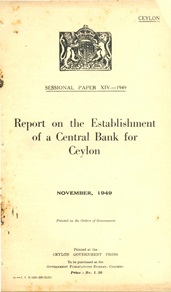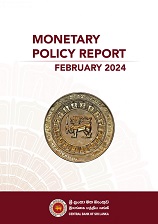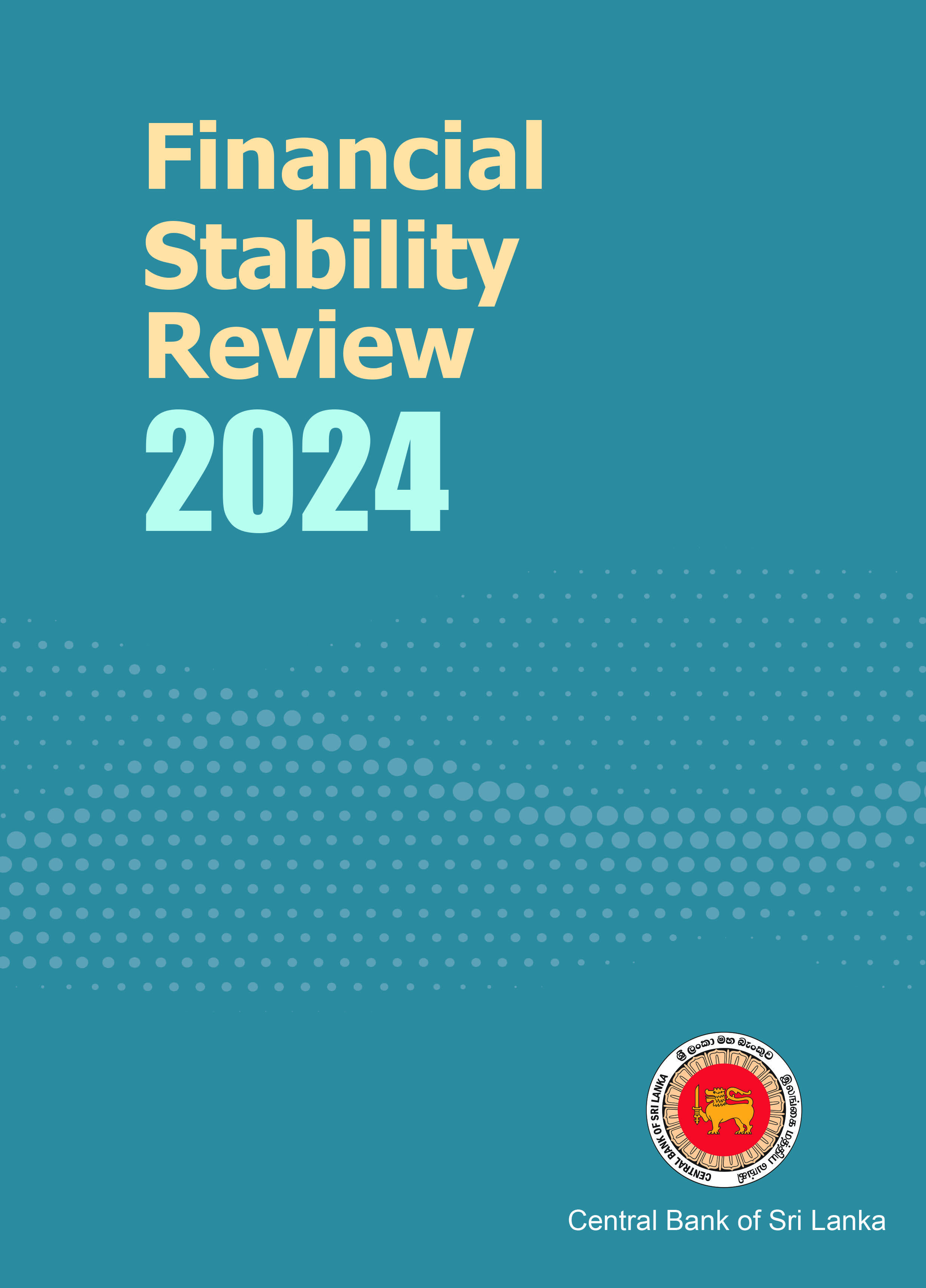Domestic Foreign Exchange Market
The domestic foreign exchange market in Sri Lanka is two-fold;
1. The client or retail market
This includes transactions involving individual or institutional customers.
2. The inter-bank or wholesale market
This is mainly organized among authorized dealers in foreign exchange, which comprises all licensed commercial banks and National Savings Bank. This market helps to manage foreign exchange liquidity within the banking system through currency conversion.
The Main Functions in Foreign Exchange Market
(i) Transferring funds/foreign currencies from one country to another or one party to another for settling their payments or making foreign exchange conversions.
(ii) Providing credit for international trade in order to facilitate smooth flow of goods and services from various countries.
(iii) Hedging the foreign exchange risks.
Above functions of the foreign exchange market facilitate,
(i) Funding imports
(ii) Converting export proceeds/other remittances
(iii) Foreign borrowings and investments
(iv) Other foreign currency transactions
Transactions in the foreign exchange market are carried-out on one of the bases:
(i) Cash basis: Immediate delivery of purchases/sales of a foreign currency on the same day.
(ii) Tom basis: Delivery of purchases/sales of a foreign currency on the next business day.
(iii) Spot basis: Delivery of purchases/sales of a foreign currency within two business days.
(iv) Forward basis: Purchase/sale of a foreign currency at a price specified now with the delivery and settlement at some future date exceeding two business days.
The Main Risks in the Foreign Exchange Market
(i) Volatility in the Exchange Rate
One of the main risks in the foreign exchange market is the volatility in the exchange rate; i.e., undue fluctuations in the exchange rate at which one currency is converted in to another currency. If the volatility is excessive, it would create instability in the foreign exchange market and thereby it may affect the value of foreign currency assets and liabilities of individual institutions/customers. There are derivative instruments available in the foreign exchange market such as swaps, options and forwards which help minimize the risk of exchange rate volatility.
(ii) Leverage Risk
Small price fluctuations in foreign currencies can result in margin calls where the investor is required to pay an additional sum as a margin other than the initial margin. When the market is volatile, aggressive leverage can lead to substantial losses in excess of initial investments.
(iii) Transaction Risk
Transaction risks are exchange rate risks associated with time differences between the beginning of a contract and when it settles. The longer the duration between entering and settling a trade, the greater the transaction risk. As foreign exchange trading occurs on a 24-hour basis exchange rates are subject to change before a trade settles and thereby traders may face excessive transaction costs.
(iv) Associated Interest Rate Risk
Interest rate risk is the probability of a decline in the value of an asset resulting from unexpected fluctuations in interest rates. If a country’s interest rates fluctuate it affects countries' exchange rates. Due to the nature of the interest rate and its indirect effect on exchange rates, there may be differences between currency values that may cause forex prices to dramatically change.
(v) Country Risk
Country risk of investing or lending in a country is arising from possible changes in the business environment that may adversely affect operating profits or the value of assets in the country. When weighing the investment options, investors assess the structure and the stability of the issuing country. In many developing and third-world countries, exchange rates are determined according to a world-leading currency such as US dollar. Therefore, country’s central bank should have adequate international reserves to maintain the stability of the exchange rate. Otherwise, the frequent balance of payment deficits would lead to a currency crisis, affecting prices in the foreign exchange market.
(vi) Counterparty Risk
Counterparty risk is the likelihood or probability that one of those involved in a transaction might default on its contractual obligation. Sometimes, the counterparty in the transaction may fail to carry out their end of the deal due to volatile market conditions. This defaulting risk is known as the counterparty risk.










